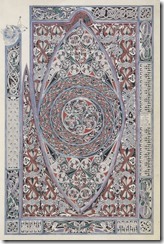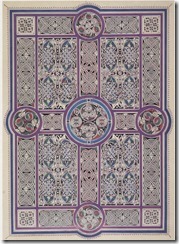On October 31, All Hallows’ Eve has been celebrated across the Christian World since the formation of a structured church. Calan Gaeaf (Kal-ahn GEYE-ahv), as it is known in Wales, celebrates the start of winter and has been a festival since earliest pagan Celtic times. In Ireland, the festival is known as Samhain (SOW-en), celebrating the decay of life and is derived from an ancient cult of the dead.
Like all the seasonal pagan festivals, Calan Gaeaf is an attempt to appease the forces of nature of which our distant ancestors had no true understanding. In other words, a superstition. All of the Celtic countries have folk traditions that commemorate the turns of the seasons. In Cymru, horns frightened away evil spirits.
The coelcerth (bonfire) was the focal point of the night’s festivities. The celebrants ran back and forth in the smoke, daring to go as close as possible. The closer the runners went, the more fortunate their prospects for the coming year. Villagers threw stones into the fire and searched for them the following morning. A stone that was not found was a portend of bad news to come, perhaps even death. As the last embers faded, all of the onlookers ran screaming from the site to escape Yr Hwch Ddu Gwta (the black tailless sow). They took handfuls of ash home to spread good luck.
The Cymry believed that their wishes expressed on this night, if made in good faith, would come true. Storytelling was the favored entertainment of the night. Ghosts might be seen at the camfa (stile) and prevent travellers from crossing. Since the dead were at play and roaming free on Calan Gaeaf, young children were kept indoors. Bwyd cennad y meirw (food to speak to the dead) was set outside and the hearth was readied before the household went to bed.
On this night, those who had died by drowning rose to the surface of the sea and rode the waves as white horses (ceffylau gwyn) on the white waves (tonnau gwyn). Gwrachod (witches) did not harm anyone on Calan Gaeaf while the church bells rang. Sabbats were once held near Penmaenmawr, Gwynedd at the Druid’s Circle but this activity ceased when the standing stones spoke aloud to object and two of the attending witches went mad.
Other stones in Morgannwg grant wishes on this night and wishes expresses near a tomb in Dyffryn, De Morgannwg are said to come true. The Derby Stone was disgusted by foul language and leaned to hit anyone who cursed nearby.
Source: The Celtic Calendar, Brian Day, Saffron Walden, 2003



